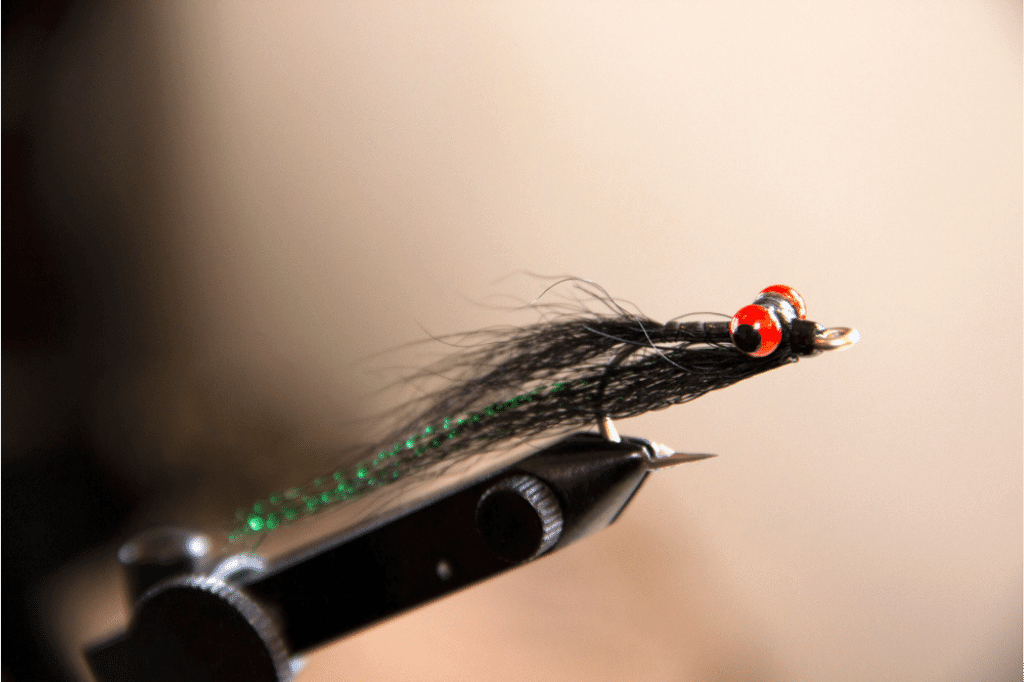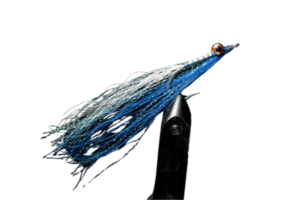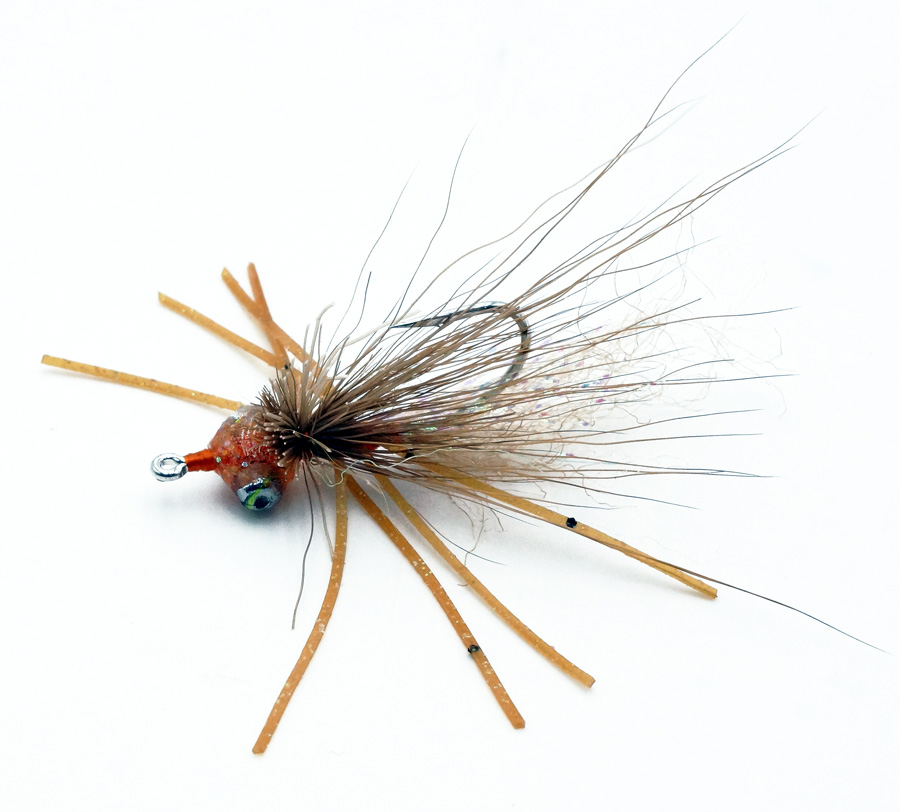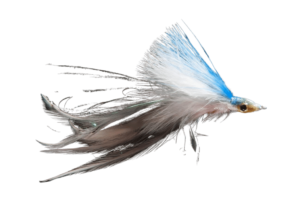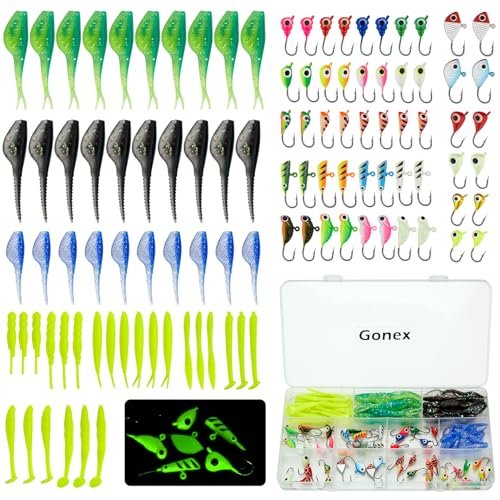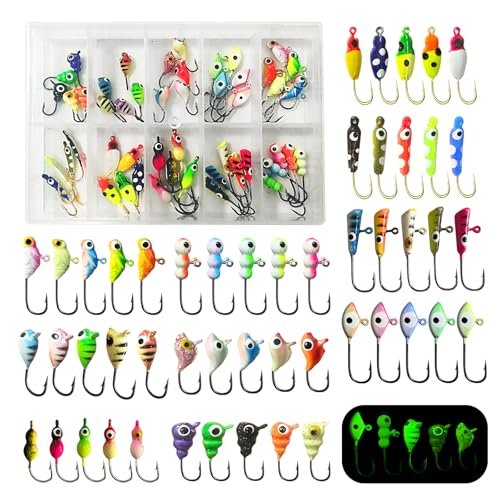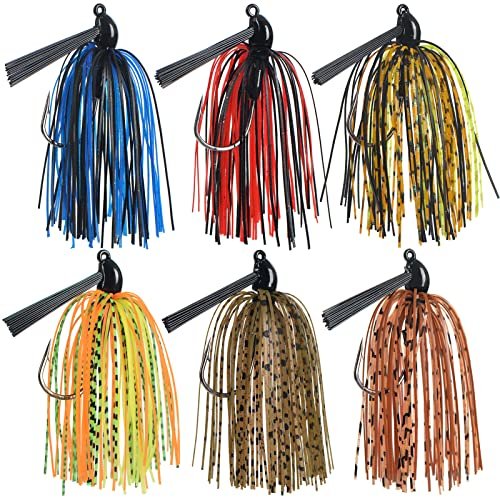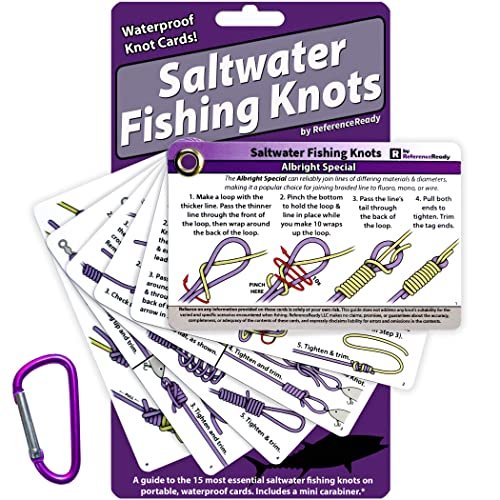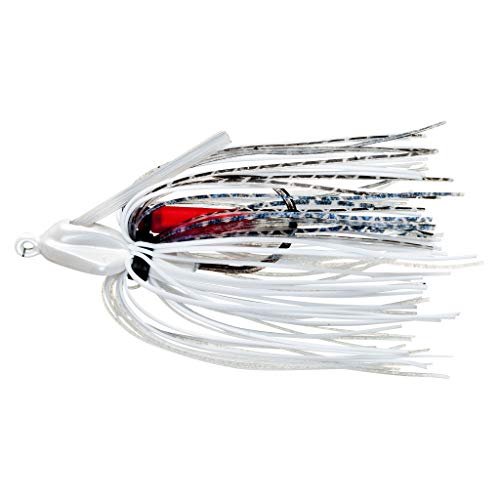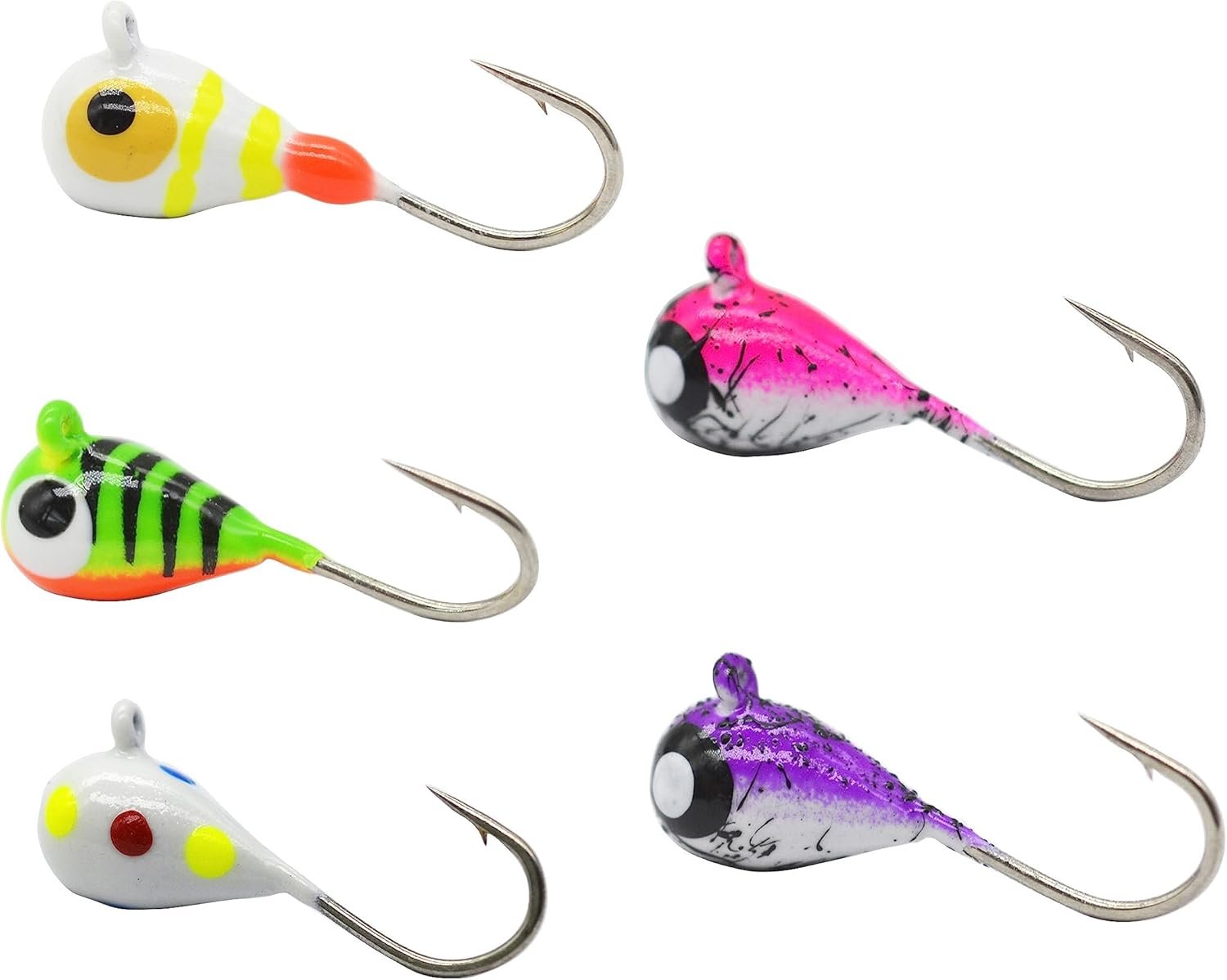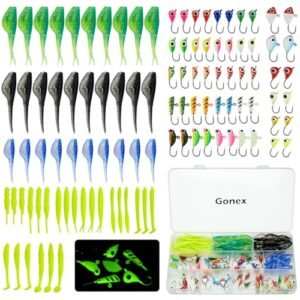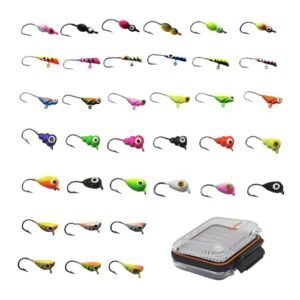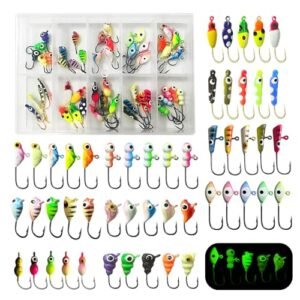Saltwater flies are specialized fishing lures designed for use in saltwater environments. They mimic the appearance of various marine prey.
Saltwater fly fishing is an exciting and challenging sport. Enthusiasts use specially crafted flies to attract fish like bonefish, tarpon, and striped bass. These flies come in various patterns and sizes to imitate baitfish, crustaceans, and other marine life. Anglers often tie their own flies, allowing for customization based on local conditions and target species.
This sport requires skill, patience, and the right equipment. Fly selection, casting techniques, and understanding fish behaviour are crucial for success. Whether you are a novice or an experienced angler, saltwater fly fishing offers endless opportunities for adventure and mastery.
Saltwater Flies: An Essential Tool
Saltwater flies are a crucial tool for any angler. They are designed to mimic the natural prey of fish in saltwater environments. Using the right saltwater fly can mean the difference between a successful fishing trip and an empty net.
The Role In Coastal Fishing
Saltwater flies play a significant role in coastal fishing. They are tailored to attract species like tarpon, bonefish, and redfish. These flies are often larger and more durable than freshwater flies to withstand the harsh conditions of the ocean.
Saltwater flies are designed to look like shrimp, crabs, and small baitfish. This makes them irresistible to predatory fish. Using the right fly can help you catch more fish.
Anglers often use saltwater flies in combination with other techniques. This includes fly casting and trolling. Using a variety of methods increases your chances of success.
Comparing Freshwater And Saltwater Flies
There are several key differences between freshwater and saltwater flies. Understanding these differences can help you choose the right fly for your fishing needs.
| Feature | Freshwater Flies | Saltwater Flies |
|---|---|---|
| Size | Smaller | Larger |
| Durability | Less Durable | More Durable |
| Design | Insects and Small Fish | Crabs, Shrimp, Baitfish |
Freshwater flies are designed to imitate insects like mayflies and dragonflies. They are smaller and less durable. They are suitable for rivers and lakes.
Saltwater flies are designed to withstand the ocean’s harsh conditions. They are larger and more durable. They can mimic crabs, shrimp, and small baitfish.
Choosing the right fly for your environment is crucial. It can significantly impact your fishing success.
Choosing Your Arsenal
Selecting the right saltwater flies is crucial for a successful fishing trip. Your choice will depend on various factors, including the target species, water conditions, and your skill level. This section will guide you through the essentials of building your saltwater fly arsenal.
Key Factors In Selection
Several key factors should influence your selection of saltwater flies. Knowing these can help you make better choices and improve your fishing experience.
- Target Species: Different species are attracted to different flies. Research the specific needs of your target fish.
- Water Conditions: Clear or murky water can affect the visibility of your fly. Choose accordingly.
- Fly Size: Larger flies may attract bigger fish but could also be harder to cast.
- Fly Colour: Bright colours work well in clear water, while darker colours are better for murky conditions.
Top Picks For Beginners
If you are new to saltwater fly fishing, start with these beginner-friendly flies. They are easy to use and effective for a variety of species.
- Clouser Minnow: This versatile fly works well in many conditions. Its weighted eyes make it easy to cast.
- Lefty’s Deceiver: Known for its ability to catch larger fish. Great for beginners aiming for big catches.
- Crazy Charlie: Ideal for targeting bonefish. Its unique design attracts fish in shallow waters.
Additional Tips
Keep your fly box well-organized. Label each section for different types of flies. A clean and organized fly box will save you time.
Practice casting in different conditions. The more you practice, the better you will become at selecting and using the right fly.
Anatomy Of A Saltwater Fly
Saltwater flies are crucial for successful saltwater fishing. Understanding their anatomy helps in choosing the right fly for your fishing needs. Let’s dive into the key components that make up a saltwater fly.
Material And Design
The materials used in saltwater flies are essential for their effectiveness. Common materials include:
- Feathers: Provide natural movement and mimic baitfish.
- Synthetic fibers: Durable and water-resistant.
- Metallic threads: Add flash and attract fish.
Design is crucial in saltwater flies. They often imitate small fish, crabs, or shrimp. The design should ensure the fly moves naturally in the water. This movement attracts predatory fish.
Size And Weight Considerations
The size and weight of a saltwater fly affect its performance. Larger flies are more visible in murky waters. Smaller flies work best in clear waters. Weight is also vital. Heavier flies sink faster, reaching deeper fish. Lighter flies stay near the surface.
Choosing the right size and weight can make a big difference. It’s essential to match the fly to the fishing conditions and target species.
Tying Your Own Flies
Tying your own saltwater flies can be a thrilling and rewarding experience. It allows you to customize your flies to match local baitfish, insects, or other prey. Plus, it can be a relaxing and creative hobby. Below, we’ll dive into some basic techniques and the materials you’ll need to get started.
Basic Techniques
To begin tying your own flies, you need to learn a few basic techniques. Here are the most important ones:
- Thread Wrapping: This is the foundation of fly tying. Wrap the thread around the hook to secure materials.
- Whip Finish: This technique knots the thread to secure it. It ensures your fly stays intact.
- Dubbin: Use dubbing to create a fuzzy body on your fly. It mimics the texture of natural prey.
- Hackle: This technique involves wrapping feathers around the hook. It adds movement and realism.
Materials You’ll Need
Gathering the right materials is essential for tying effective flies. Here is a list of materials you’ll need:
| Material | Purpose |
|---|---|
| Hooks | Forms the base of your fly. Choose sizes based on target fish. |
| Thread | Secures materials to the hook. Available in various colours and strengths. |
| Feathers | Adds movement and texture. Common types include hackle and marabou. |
| Dubbing | Creates a fuzzy body. Available in synthetic and natural fibbers. |
| Beads | Adds weight and attraction. Choose sizes and colours based on your fly design. |
| Tinsel | Adds flash and attraction. Makes your fly more visible underwater. |
| Eyes | Adds realism. Available in various sizes and materials. |
Start with these basic materials and techniques. As you gain experience, you can experiment with more complex patterns and materials. Happy tying!
Matching The Hatch: The Secret To Success
Matching the hatch is a crucial aspect of successful saltwater fly fishing. The concept involves using flies that resemble the local prey. By doing this, anglers can significantly increase their chances of catching fish.
Understanding the local ecosystem and the seasonal variations in prey species is key. Let’s dive into the details.
Understanding Local Prey
Knowing what fish eat in your target area is essential. Different regions have different prey species. Researching local prey can make a big difference in your fishing success.
- Observe the water and see what fish are eating.
- Talk to local anglers and guides.
- Use apps and books about local marine life.
Matching your flies to these prey items can make your offering irresistible to fish.
Seasonal Variations In Fly Choice
Prey species change with the seasons. Fish have different diets in summer, winter, spring, and fall. Adjusting your fly choices based on the season is crucial.
| Season | Common Prey | Recommended Flies |
|---|---|---|
| Spring | Crabs, Shrimp | Crab Flies, Shrimp Flies |
| Summer | Small Fish, Baitfish | Closer Minnow, Deceiver |
| Fall | Squid, Minnows | Squid Flies, Minnow Imitations |
| Winter | Worms, Small Crustaceans | Worm Flies, Crustacean Patterns |
By adjusting your fly selection to match the seasonal prey, you can dramatically improve your catch rate.
Casting Techniques For Saltwater Flies
Mastering casting techniques for saltwater flies is essential for a successful fishing trip. Whether you are a beginner or a seasoned angler, understanding the nuances can make a significant difference. This section will cover the fundamentals of a good cast and how to adapt to wind and weather conditions.
Fundamentals Of A Good Cast
A good cast starts with the basics. Ensure your grip is firm but relaxed. Hold the rod with your thumb on top.
- Back Cast: Lift the rod tip smoothly and bring it back to the 1 o’clock position.
- Forward Cast: Accelerate the rod forward to the 10 o’clock position.
- Release: Let the line shoot forward as you release the tension.
Practice these steps to achieve a fluid motion. A smooth cast increases your chances of landing a fish.
Adapting To Wind And Weather
Wind and weather can affect your casting. Adjust your technique accordingly.
| Condition | Adjustment |
|---|---|
| Strong Wind | Use a sidearm cast to keep the line low. |
| Light Breeze | Use a higher back cast for better distance. |
| Rain | Use a fast, tight loop to minimize line drag. |
Wind and weather can be challenging. Adapt your casting technique to each situation.
Maintenance And Care
Maintaining and caring for your saltwater flies is essential. Proper care ensures they last longer and perform better. Follow these tips to keep your flies in top condition.
Cleaning And Storage
After every fishing trip, always clean your flies. Rinse them with fresh water to remove salt. Salt can damage and weaken the materials.
Dry the flies completely before storing them. Use a soft cloth to gently pat them dry. Avoid direct sunlight to prevent colour fading.
Store your flies in a dry, cool place. Use fly boxes with compartments to keep them organized. Prevents tangling and damage.
Consider using silica gel packs in your storage boxes. They absorb moisture and keep your flies dry.
Extending The Life Of Your Flies
Regularly check your flies for signs of wear and tear. Replace any damaged parts or materials. This helps maintain their effectiveness.
Rotate your flies frequently. Using the same fly repeatedly can wear it out quickly. Have a variety of flies ready to use.
Use a fly patch on your vest or tackle box. It allows flies to dry out before storing them. This prevents rust and damage.
Keep your flies away from chemicals and oils. These substances can degrade the materials and reduce the fly’s lifespan.
| Maintenance Tips | Benefits |
|---|---|
| Rinse with fresh water | Removes salt and debris |
| Dry completely before storage | Prevents meld and rust |
| Store in fly boxes | Keeps flies organized and safe |
| Rotate flies | Extends their usability |
| Use silica gel packs | Keeps flies dry |
Case Studies: Successful Coastal Anglers
Exploring the success stories of coastal anglers offers valuable insights. These anglers have perfected their skills using saltwater flies. They have adapted their strategies and techniques to excel in coastal fishing. Their experiences provide a wealth of knowledge for anyone interested in saltwater fly fishing.
Strategy And Adaptation
Successful coastal anglers always emphasize the importance of strategy and adaptation. Understanding the behaviour of fish and knowing the right time to fish is crucial. They also focus on selecting the right saltwater flies.
Here are some key strategies they use:
- Seasonal adjustments: They change their flies based on the season.
- Weather considerations: They adapt their fishing techniques based on weather conditions.
- Water clarity: Choosing the right fly colour for different water clarity levels.
These strategies help them catch more fish consistently. Adaptation is key in coastal fly fishing.
Learning From The Pros
Professional anglers have a wealth of experience. They have spent countless hours perfecting their craft. Learning from their experiences can greatly improve your success.
Consider these tips from the pros:
- Use high-quality gear: Invest in good rods, reels, and flies.
- Practice your casting: Accurate casting can make a big difference.
- Study fish behaviour: Understand where fish are likely to be.
These tips help you become a better angler. Continuous learning and practice are essential for success.
| Strategy | Benefits |
|---|---|
| Seasonal adjustments | Better match for fish preferences |
| Weather considerations | Increased chances of catching fish |
| Water clarity adaptation | Improved visibility for fish |
By adopting these strategies, you can enhance your coastal fly fishing skills. Learning from successful anglers can provide a shortcut to success.
Conservation And Ethical Practices
Saltwater fly fishing is fun, but we must care for nature. Conservation and ethical practices help keep fish and waters healthy. Let’s look at some ways to fish responsibly.
Sustainable Fishing With Flies
Sustainable fishing means catching fish without harming their numbers. Use flies that match local fish. This helps keep fish populations balanced. Choose flies that are eco-friendly. Avoid materials that harm the environment.
| Tip | Action |
|---|---|
| Use Barbless Hooks | Barbless hooks cause less harm to fish. |
| Limit Catch | Only take what you need. |
| Respect Seasons | Fish during the right seasons to avoid breeding times. |
Catch And Release Best Practices
Catch and release is a way to enjoy fishing while protecting fish. Follow these steps to ensure fish stay healthy.
- Use barbless hooks. They are easier to remove.
- Handle fish gently. Wet your hands first.
- Keep fish in water. Only lift them briefly.
- Release fish quickly. Don’t keep them out of water too long.
These practices help fish survive after being caught. Healthy fish mean more fun for future anglers.

Frequently Asked Questions
What Flies For Salt Water?
Saltwater flies include Clouser Minnow, Deceiver, and Crab patterns. These mimic baitfish and crustaceans, attracting various saltwater species.
What Do Saltwater Flies Imitate?
Saltwater flies imitate various marine creatures like baitfish, crabs, shrimp, and other prey to attract fish. These flies mimic the movement and appearance of these creatures to lure fish effectively.
What Flies To Use For Tarpon?
Use flies like Tarpon Toads, Cockroach patterns, and Black Death. Bright colours work well in clear water. Choose larger sizes.
What Is Saltwater Fly Fishing?
Saltwater fly fishing involves using a fly rod and reel to catch fish in saltwater environments. Anglers target species like tarpon, bonefish, and redfish. This fishing style requires specialized gear and techniques to handle the challenges of the ocean. It offers an exciting and rewarding experience for fishing enthusiasts.
Conclusion
Mastering saltwater fly fishing requires the right flies. Choose wisely for a successful fishing adventure. Remember, the right fly can make all the difference. Experiment with different types and enjoy the process. Happy fishing!

